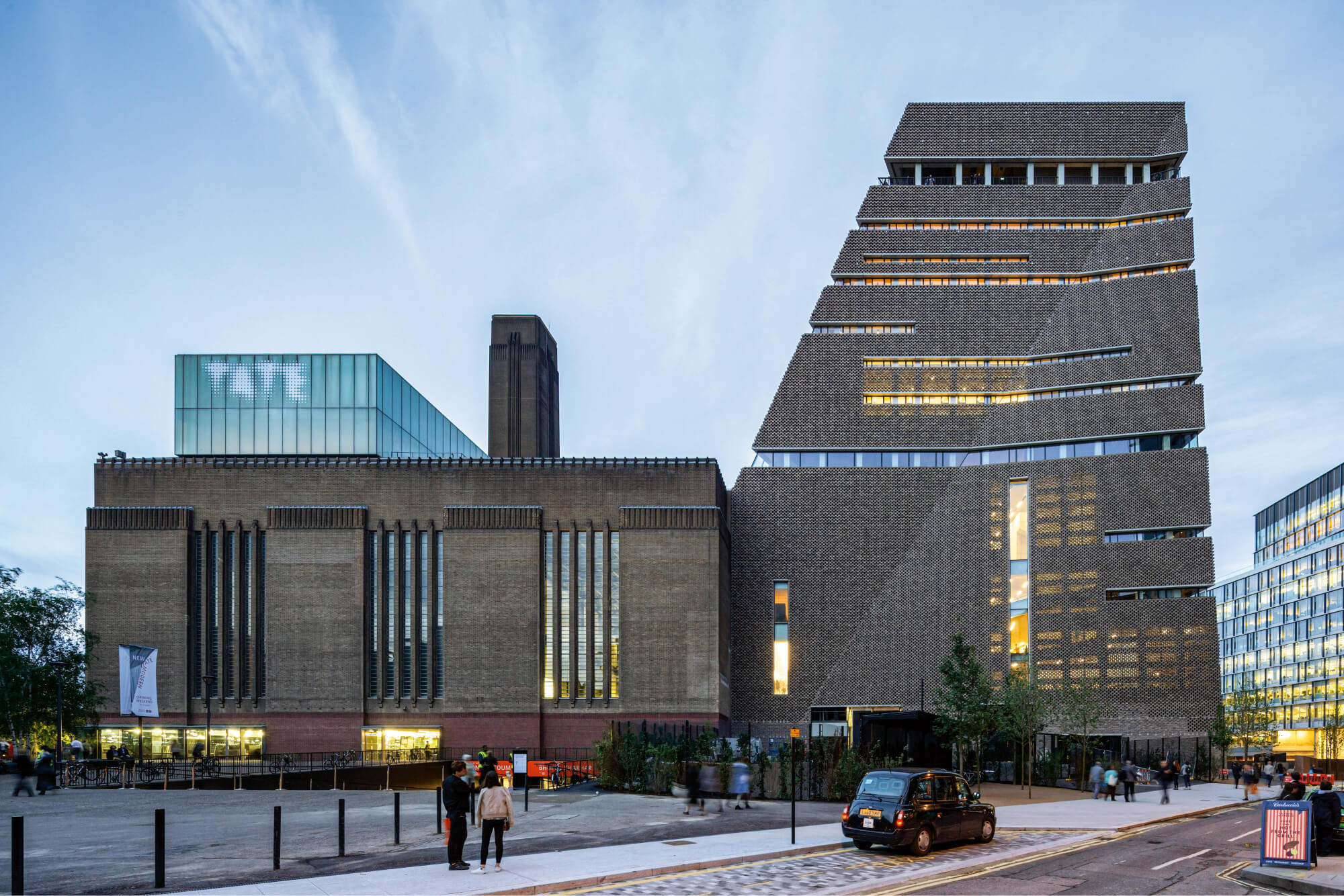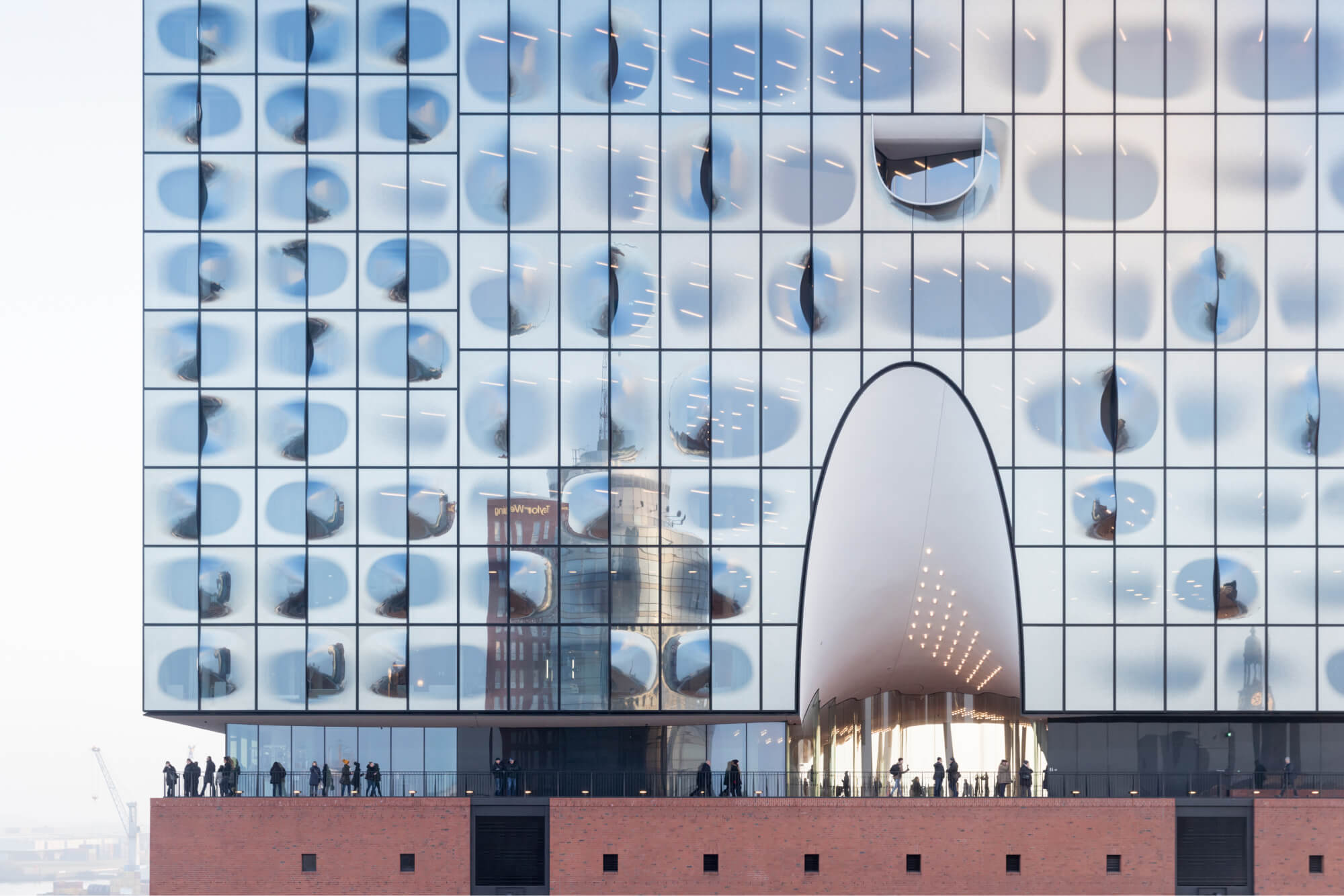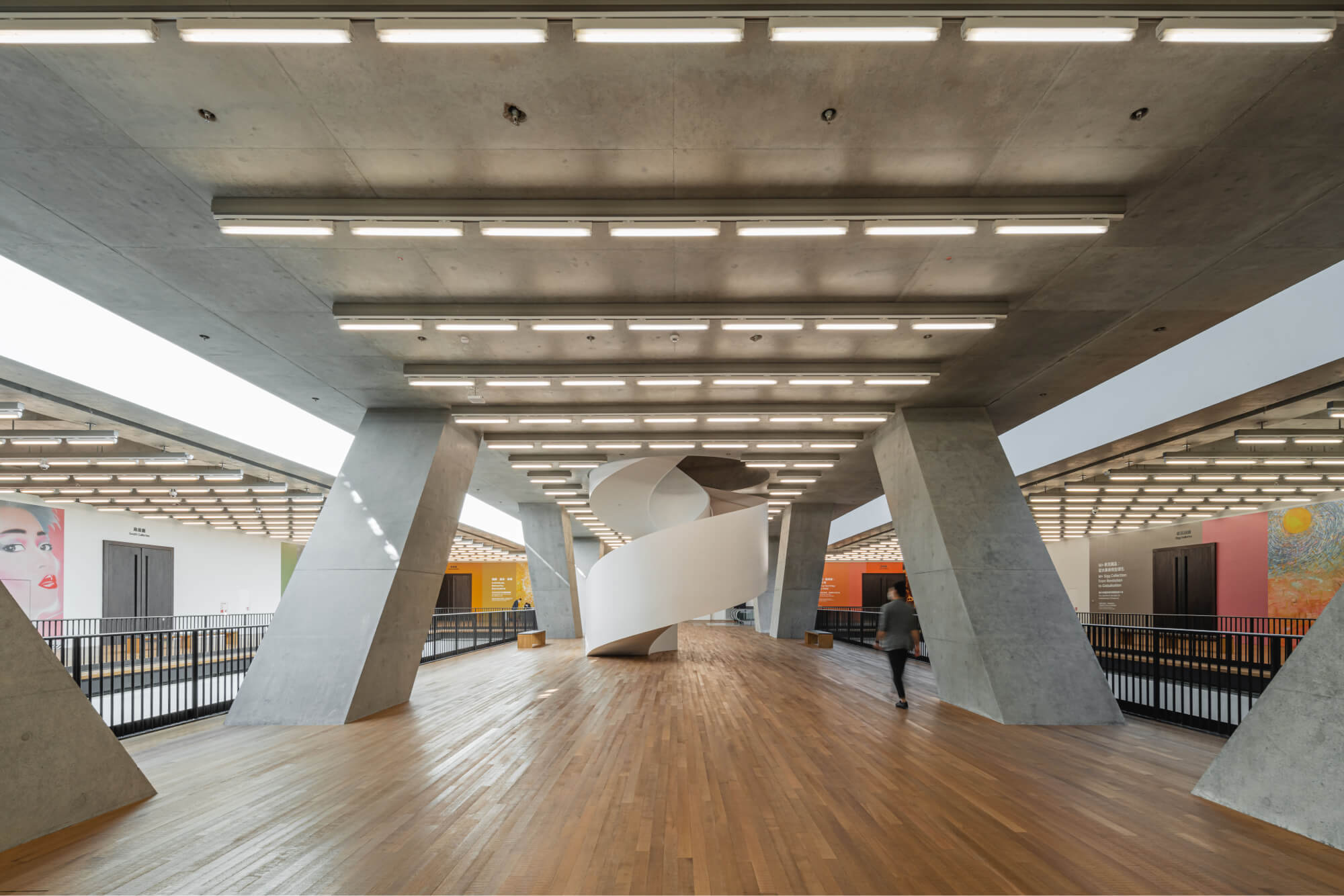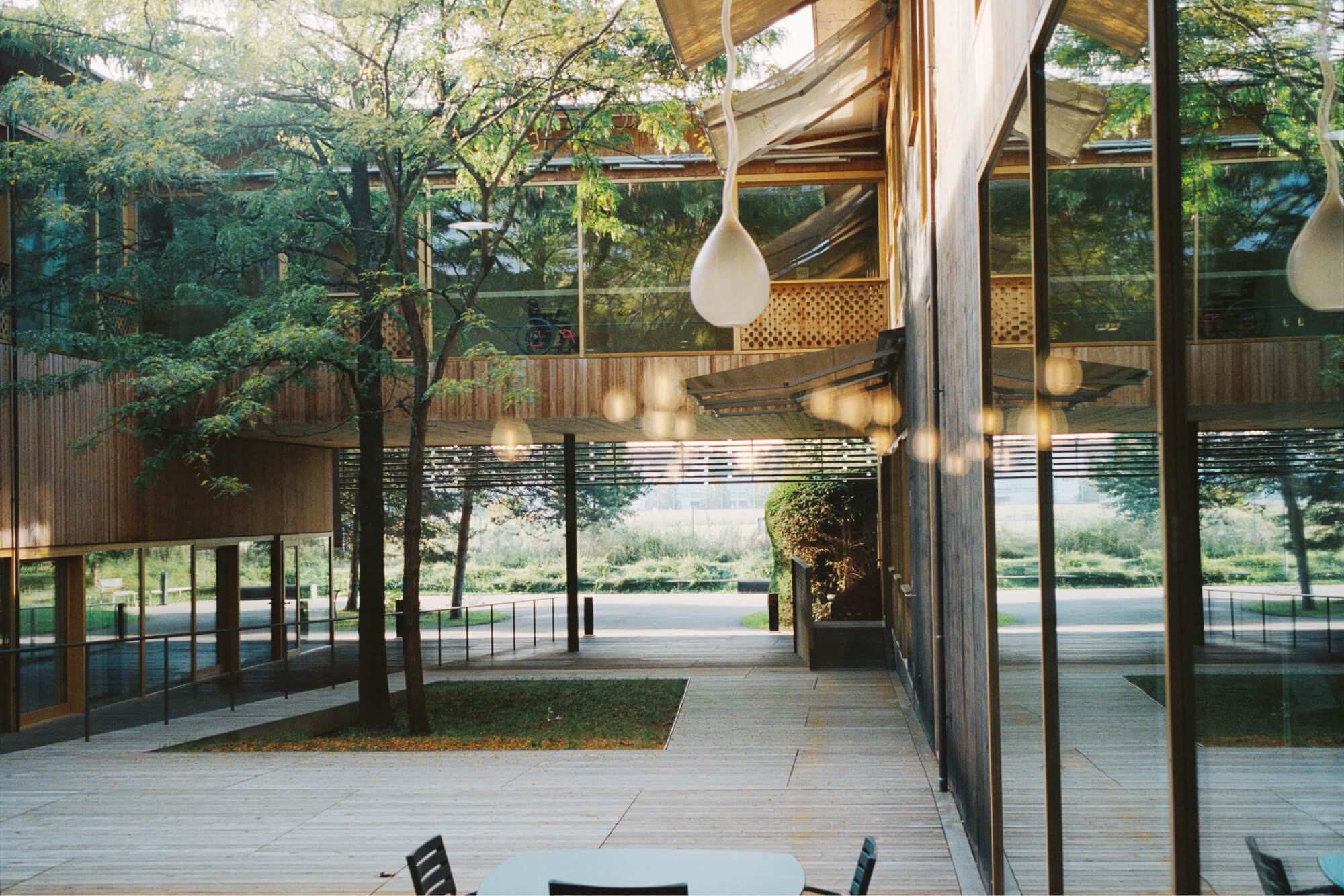From Switzerland to London: Herzog & de Meuron’s Architectural Journey

Herzog & de Meuron. Tate Modern, London, 1995-2000, 2005-16.
Photo: ©Iwan Baan
“...the drama of architecture is that without people nothing works. Crucial to our work is the idea that architecture is a kind of stage for human performance.”
Jacques Herzog
For over 40 years, Herzog & de Meuron’s avant-garde and extraordinary works have been challenging the very essence of the architecture. An exhibition spotlighting the practice of Herzog & de Meuron recently debuted at the Royal Academy of Arts in London.
Based in Basel, Switzerland, Herzog & de Meuron was established in 1978 by Jacques Herzog and Pierre de Meuron. One of the office’s most celebrated projects spreading over a wide area is the Tate Modern (1995-2000 and 2005-16). The conversion of a pre-existing power station building in London into this iconic structure not only attracted attention for its remarkable art collection but also for its architectural innovation. Since its inauguration, the Tate Modern has captivated visitors and stands as one of the most visited museums.
|
Herzog & de Meuron. Elbphilharmonie Hamburg, 2001-16. |
Herzog & de Meuron’s portfolio features other captivating and controversial buildings, including the Elbphilharmonie Concert Hall in Hamburg, Germany (2001-16), the Beijing National Stadium in China (2003-08), the M+ Museum in Hong Kong (2012-21), the Prada Aoma in Tokyo, Japan (2000-03), and the Caixa Forum in Madrid, Spain (2001-08), a remarkable repurposing project.
|
Herzog & de Meuron. M+, Hong Kong, 2012-21. |
The exhibition at the Royal Academy of Arts presents the work of the office, which consistently prioritizes the user needs in its projects and seeks to redefine the possibilities of a building. The exhibition is organized into roughly 3 sections, employing different narrative techniques. In the first part of the exhibition, the Kabinett, Herzog & de Meuron’s research, design, and collaboration laboratory, is recreated. This space houses the office’s archive of models, prototypes, drawings, as well as art and photography collections. The shelves are adorned with the objects that illustrate the ideas and processes behind many of Herzog & de Meuron’s major buildings, starting with their early projects.
|
|
In the second gallery of the exhibition, a new documentary by Bêka & Lemoine, globally recognized for their films on cities and architecture, is being featured. Centered around Herzog & de Meuron’s REHAB Clinic for Neurorehabilitation and Paraplegiology project in Basel, the documentary focuses on the role of architecture in the treatment process, narrating the building’s story through the eyes of the patients.
In the final section of the exhibition, the office’s working method is on display through a project currently under construction—the Universitäts-Kinderspital, a children’s hospital in Zurich. Here, visitors can observe how architects navigate solutions for complex spaces, refining and transforming their ideas until they are materialized, using an app exclusively designed for this exhibition. The same application also enables visitors to experience some of the office’s other projects in augmented reality.
The Herzog & de Meuron exhibition, prioritizing how buildings come to life and the experiences of their users rather than the typical focus on the final product usually seen in architecture exhibitions, can be visited until October 15, 2023.
Detailed information about the exhibition can be found here.



